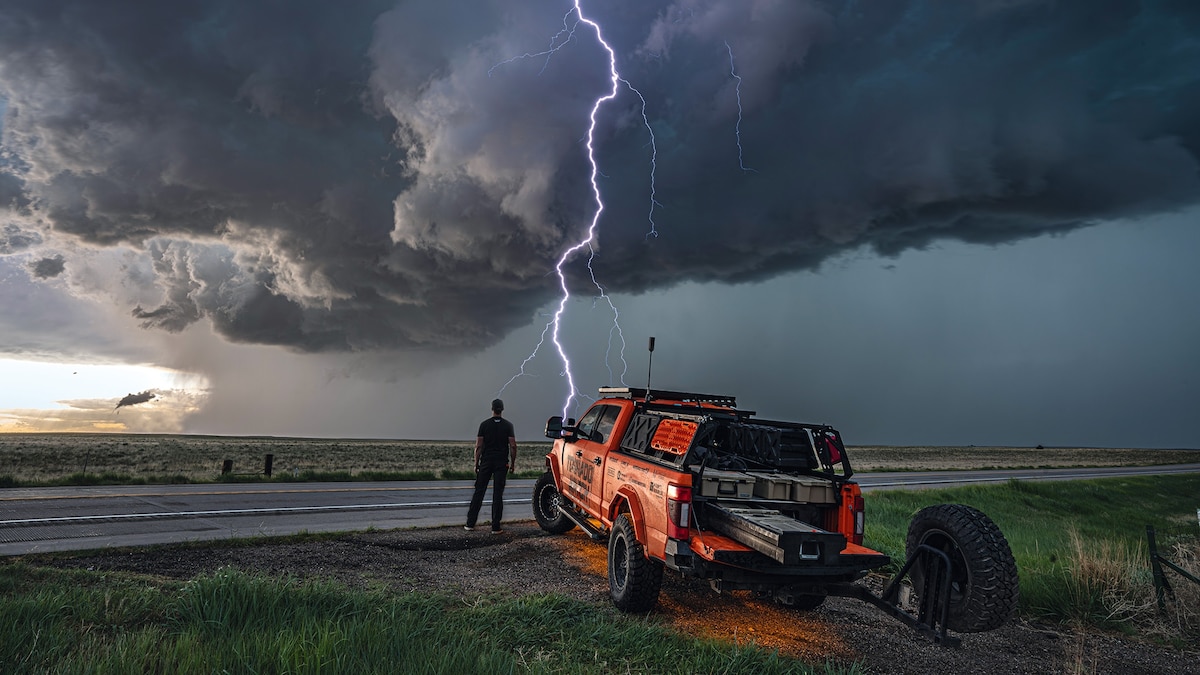Now Reading: Storm-Watching: Top Destinations to Experience Nature’s Fury
-
01
Storm-Watching: Top Destinations to Experience Nature’s Fury
Storm-Watching: Top Destinations to Experience Nature’s Fury

Fast Summary
- Storm Tourism Concept: Storm-watching tourism became popular after the release of the movie Twister in 1996. Wickaninnish Inn in Tofino, Vancouver Island, pioneered this idea by marketing winter storms as an attraction.
- Wickaninnish Inn: Located on a bluff overlooking the Pacific Ocean, it features guestrooms with large windows designed to withstand 100mph winds, waterproof gear for adventurous visitors, and cosy amenities like fireplaces.Occupancy rates surged from 30% to 58% within its first winter season.
- Impact on Tofino and Ucluelet: Storm-watching tourism transformed fishing villages into year-round adventure hubs. Between November and March, hotel occupancy consistently remains between 46%-58%, aided by tailored packages from places like BC Ferries Vacations.
- Safety Concerns: Despite its popularity, extreme weather poses risks such as falling branches on forest trails or storm surges along coastal areas. Local experts encourage travelers to heed safety tips before venturing out.
- Global Influence: The concept has inspired other destinations like Washington State’s Long Beach Peninsula and Cornwall’s Headland hotel to rebrand harsh winters into luxury storm experiences.
Indian Opinion Analysis
Storm-watching tourism offers a captivating look at how extreme nature can be turned into a lucrative business model that engages travelers seeking immersive experiences with raw natural beauty. The example of Wickaninnish Inn exemplifies how strategically repackaging inclement weather into an adventure-focused product can rejuvenate communities previously reliant on seasonal industries like fishing.
For India – a contry rich in diverse climates ranging from monsoons to Himalayan frost – there are lessons worth noting about leveraging nature creatively for eco-tourism markets without compromising safety or environmental stability.If regulated properly with robust safety guidelines akin to Tofino’s Coast Smart initiatives, similar ventures could boost local economies while fostering deeper respect for natural forces among tourists.However,promoting such activities must balance commercial priorities alongside education around environmental preservation and risk assessment in dynamic climates exacerbated by global climate change trends.

























